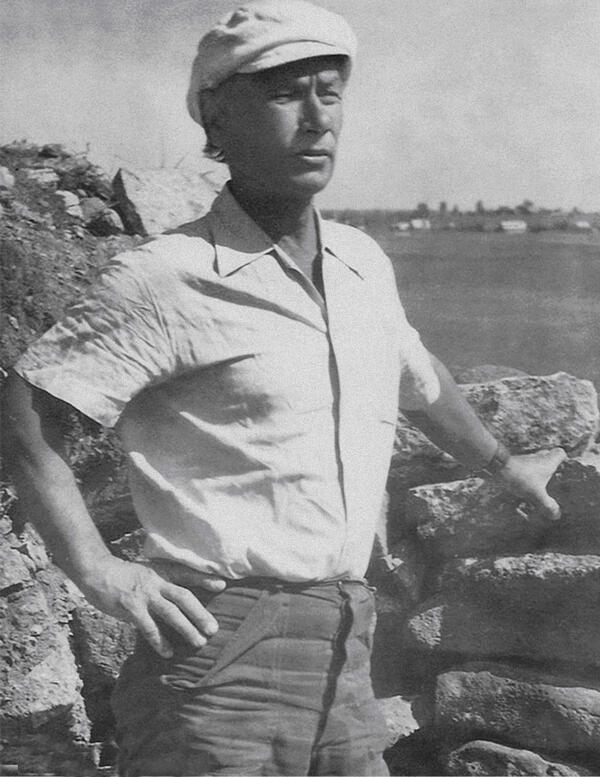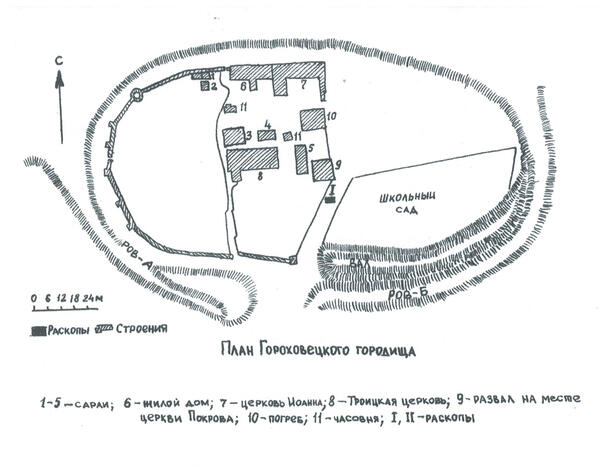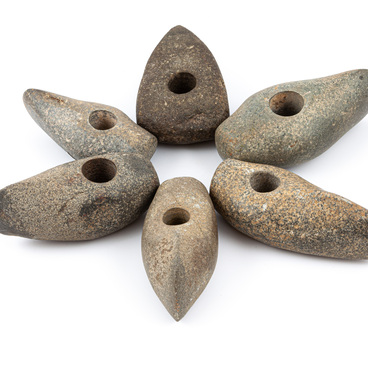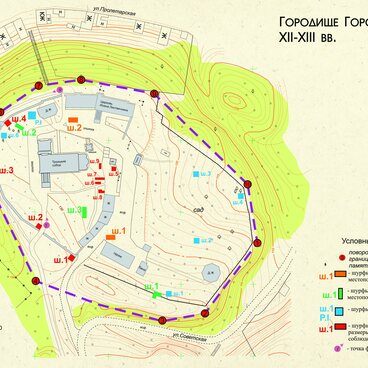A black-and-white Soviet photograph depicts the Slavonic archaeologist Valentin Vasilyevich Sedov. He was born on November 21, 1924, in the city of Bogorodsk (Noginsk since 1930), Moscow Governorate, into a family of workers at the Istomkino textile factory.
After graduating from school in 1941, he entered the Moscow Aviation Institute. During the Great Patriotic War, in the summer of 1942, he was enrolled in the Gomel Military School of Infantry. In November, Sedov went to war. He would later participate in the war with Japan. He was awarded the Order of the Red Star and the medal “For Battle Merit”.
Valentin Sedov took an interest in history at the end of 1945 in Harbin, where he was given access to books from the libraries of Russian emigrants — many of those books were not available in the USSR. After being discharged, he majored in Archaeology at the Faculty of History of Moscow State University.
As a scientist, Sedov was interested in studying the ethnogenesis of the Slavs, Finno-Ugric peoples, Balts and their neighbors, as well as the history and culture of Kievan Rus. In 1954, he defended his Ph.D. thesis “Krivichs and Slovenes”, and in 1967 — his doctorate thesis “Slavs of the Upper Dnieper and Podvinye”.
Since 1947, Valentin Sedov participated in many archaeological expeditions (in central, western and northwestern regions of Russia) and organized excavations himself. From 1951 to 1952, he headed excavations in Peryn in the vicinity of Novgorod, and the findings helped him to reconstruct a Slavic pagan sanctuary.
In 1956, Sedov led the archaeological surveys of Gorokhovets in the area of an ancient settlement, where the St. Nicholas Monastery is currently located. The surveys were organized by the Vladimir Regional Museum of Local Lore.
In 1971, Valentin Sedov’s expedition began excavations of the Truvorov ancient settlement near the Izborsk village. The scientist contributed to expanding the ideas about the paganism of Ancient Russia and made a thorough study of the horse skulls — the remnants of animal sacrifices, found under the log constructions of Novgorod buildings.
Sedov is also known for his publishing activities. He was the main editor of over 80 books on archaeology and the author of more than 450 research papers.
After graduating from school in 1941, he entered the Moscow Aviation Institute. During the Great Patriotic War, in the summer of 1942, he was enrolled in the Gomel Military School of Infantry. In November, Sedov went to war. He would later participate in the war with Japan. He was awarded the Order of the Red Star and the medal “For Battle Merit”.
Valentin Sedov took an interest in history at the end of 1945 in Harbin, where he was given access to books from the libraries of Russian emigrants — many of those books were not available in the USSR. After being discharged, he majored in Archaeology at the Faculty of History of Moscow State University.
As a scientist, Sedov was interested in studying the ethnogenesis of the Slavs, Finno-Ugric peoples, Balts and their neighbors, as well as the history and culture of Kievan Rus. In 1954, he defended his Ph.D. thesis “Krivichs and Slovenes”, and in 1967 — his doctorate thesis “Slavs of the Upper Dnieper and Podvinye”.
Since 1947, Valentin Sedov participated in many archaeological expeditions (in central, western and northwestern regions of Russia) and organized excavations himself. From 1951 to 1952, he headed excavations in Peryn in the vicinity of Novgorod, and the findings helped him to reconstruct a Slavic pagan sanctuary.
In 1956, Sedov led the archaeological surveys of Gorokhovets in the area of an ancient settlement, where the St. Nicholas Monastery is currently located. The surveys were organized by the Vladimir Regional Museum of Local Lore.
In 1971, Valentin Sedov’s expedition began excavations of the Truvorov ancient settlement near the Izborsk village. The scientist contributed to expanding the ideas about the paganism of Ancient Russia and made a thorough study of the horse skulls — the remnants of animal sacrifices, found under the log constructions of Novgorod buildings.
Sedov is also known for his publishing activities. He was the main editor of over 80 books on archaeology and the author of more than 450 research papers.




